
In today's world, creativity is like the new gold. So, how can we make sure our students have the skills they need to succeed? That's where personalized learning comes in. It's an approach that adjusts education to fit each student's needs, helping them tap into their creative side more than ever. Picture a classroom where every student's unique abilities are supported, and creativity is woven into their learning. A recent study found that 82% of educators think personalized learning really boosts student creativity. But how does this method actually work, and what part does technology play in it? Let's explore personalized learning, looking at its benefits, how to put it into practice, and how teachers can help create a space where creativity can grow. Whether you're a teacher, parent, or just love learning, this look into creative learning will give you the tools to embrace the future of education.
Definition and Explanation of Personalized Learning
Understanding Personalized Learning and Creative Learning
Personalized learning is about tailoring education to each student's unique skills, background, and interests, allowing them to learn at their own pace. This approach involves:
- Adjusting the curriculum, teaching methods, and learning environments to fit individual needs.
- Combining traditional face-to-face teaching with technology-based instruction.
- Focusing on student self-direction, with teachers and students collaborating to identify strengths and weaknesses.
Technology plays a crucial role, providing tools for custom learning paths and resources beyond the classroom. Unlike differentiated instruction, personalized learning emphasizes content, pace, and student interests.
Importance of Personalized Learning in Creative Education
Personalized learning enhances engagement by aligning lessons with each student's interests, making learning feel more relevant. Benefits include:
- Improved grades, as students thoroughly understand a topic before proceeding.
- Development of essential skills like time management and problem-solving, as students take charge of their learning.
- Strengthened teacher-student relationships, giving teachers insight into each student's strengths and challenges.
- Promotion of fairness by accommodating different learning needs, helping bridge gaps and offering all students a fair chance at success.
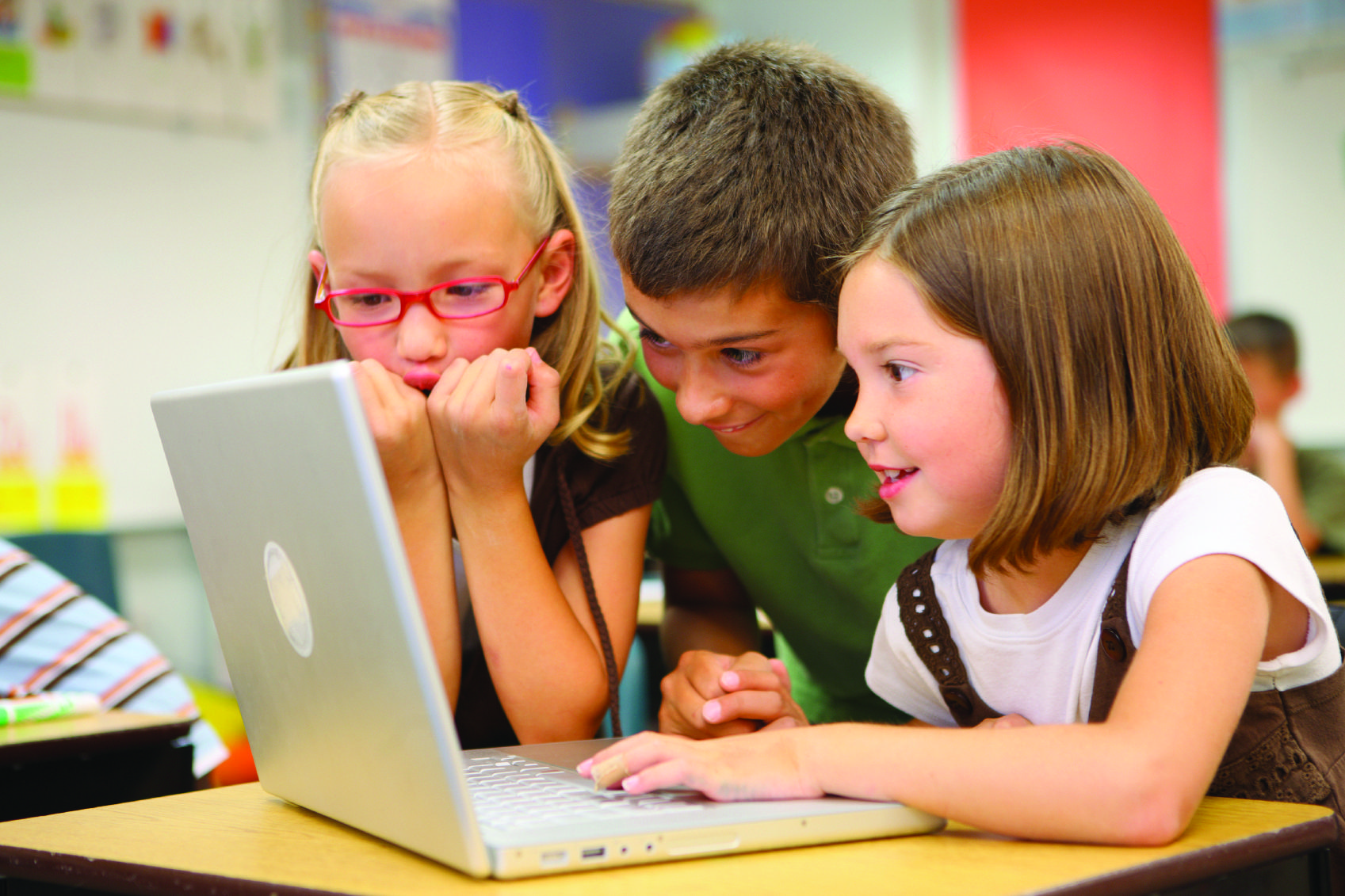
Personalized learning is a student-focused teaching approach that adapts instruction, content, and pace to fit individual needs. It leverages technology and collaboration to boost engagement, academic success, skill development, and fairness by meeting students where they are and empowering them to guide their own learning paths.
Benefits of Personalized Learning for Creative Development
Boosting Student Engagement and Motivation in Creative Learning
Personalized learning actively engages students by customizing lessons to align with their unique learning styles and interests. This approach makes learning more relevant and exciting as students encounter content that resonates with their passions. When students have the autonomy to direct their own learning, they become more confident and enthusiastic. This method transforms classrooms into dynamic environments where students select topics that align with their interests and future aspirations, enhancing retention and enjoyment in the learning process.
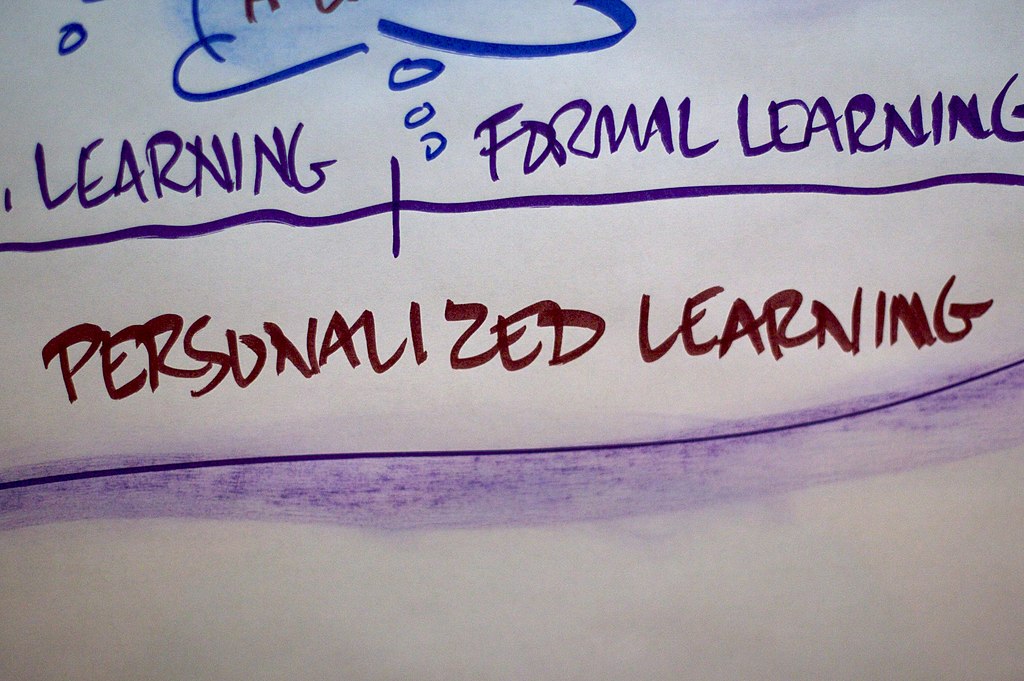
Building Confidence and Self-Advocacy Through Creative Learning
Through personalized learning, students can progress at their own pace, revisit challenging areas, and receive tailored support. This individualized attention strengthens their foundational knowledge and boosts their confidence. Students gain a clearer understanding of their strengths and areas for improvement, fostering a sense of accomplishment. Teachers act as personal mentors, forming strong relationships that promote self-advocacy. This learning model encourages a growth mindset, demonstrating to students that intelligence can be developed with effort, thereby enhancing their confidence and preparing them for lifelong learning.
Encouraging Individualized Creative Expression in Learning
Personalized learning encourages students to think independently, critically analyze information, and devise their own solutions, igniting creativity. By allowing students to select topics of interest, it promotes creative expression aligned with their passions and goals. The integration of digital tools makes learning interactive and creative, equipping students for future careers that demand problem-solving and innovation. These educational settings provide opportunities for interdisciplinary projects and problem-based learning, stimulating creative thinking and enthusiasm for new subjects.
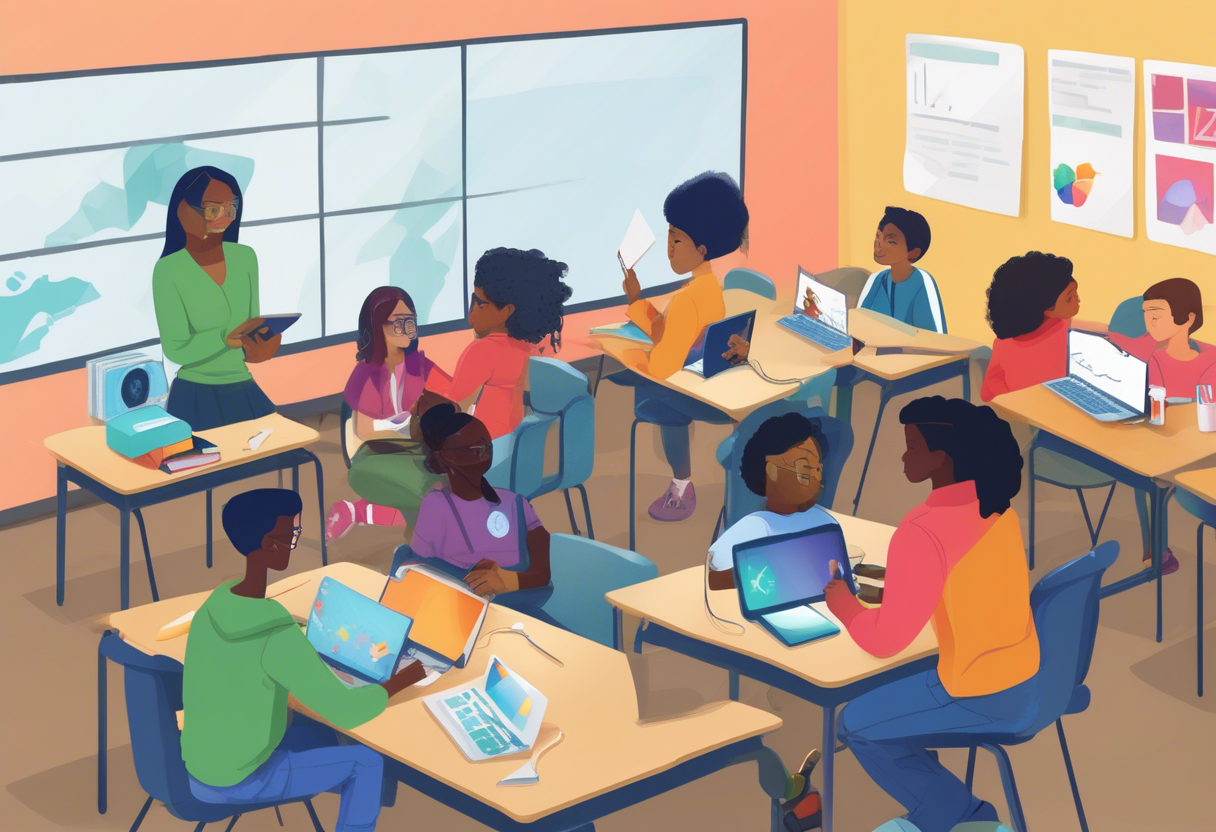
For further reading, explore the following resources:
- Personalized learning
- Personalized learning path
- Personalized learning environments
- Dynamic environments
The Role of Technology in Creative Learning
AI Tools Enhancing Creative Learning
AI tools, such as those employed by Khan Academy, are revolutionizing creative learning. These tools utilize intelligent algorithms to adapt lessons according to each student's progress. The platforms provide immediate feedback and customize content to maintain student engagement and flexibility.
Consider KhanmigoAI, an AI tutor that personalizes learning across various educational levels. It enhances creativity and essential life skills. By integrating AI, learning becomes more engaging and effective, offering custom learning paths that can boost academic performance by up to 50%.
Educational Tech for Creative Personalized Learning
Educational technology, like learning management systems, plays a crucial role in crafting personalized learning experiences. These systems monitor student progress and tailor lessons accordingly.
Blended learning combines traditional teaching methods with digital tools, allowing students to learn at their own pace while fostering collaboration in class. Platforms such as Google Workspace facilitate real-time collaboration, enhancing communication and critical thinking skills. This approach not only engages students but also caters to their unique educational needs, making personalized learning more effective.
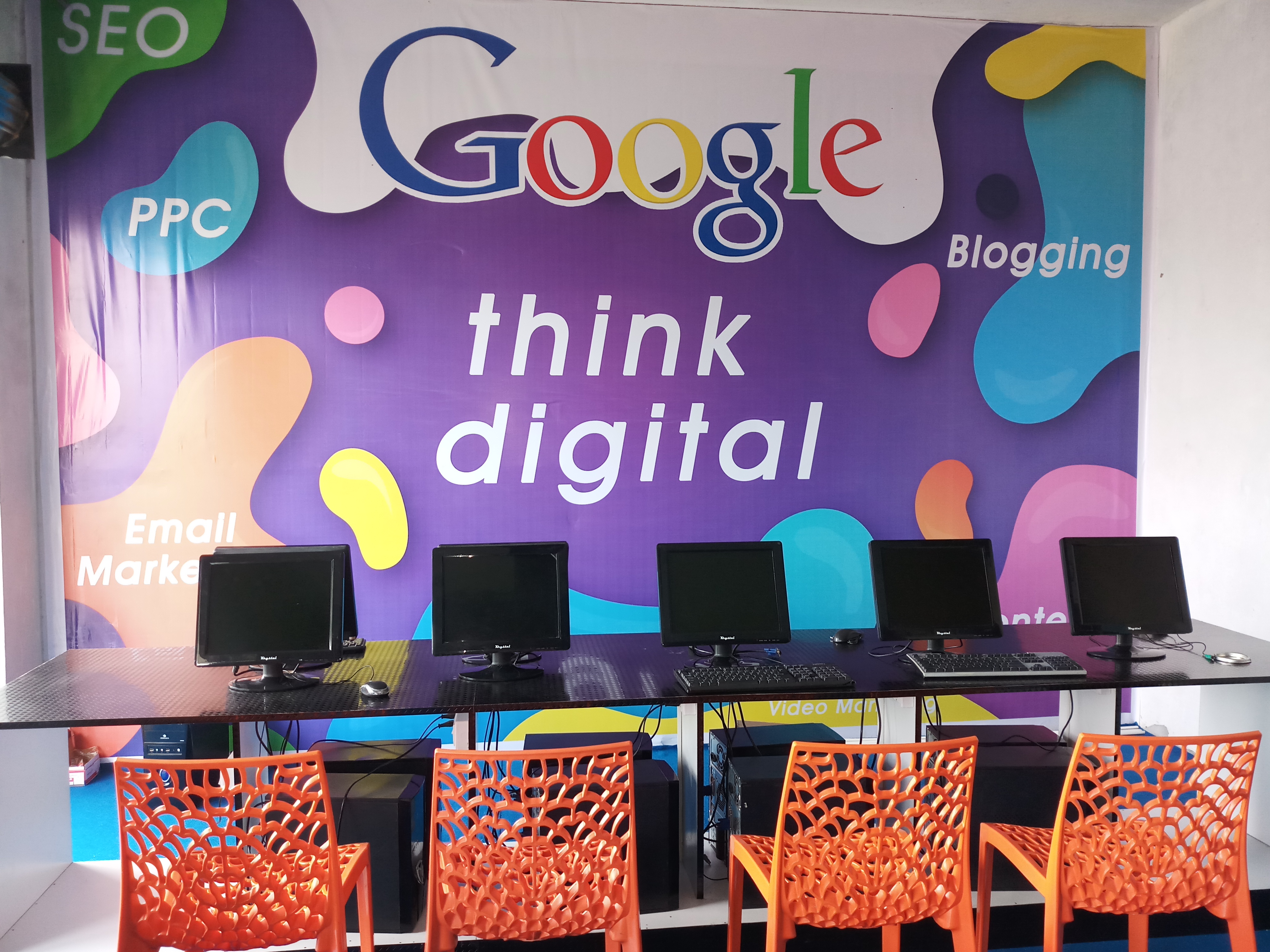
Step-by-Step: Implementing Personalized Learning to Unlock Creativity
Assess Creative Learning Needs
Start by figuring out where each learner stands. This is the foundation for personalizing their education. Understand their strengths, challenges, interests, talents, and goals. This insight helps create a learning plan that fits them and sparks creativity. Tools like skills audits or SWOT analysis can highlight where they need help and where they shine. For instance, a skills audit and interest survey can map out a learner’s profile, offering insights to craft a personalized plan.
Set Creative Learning Goals
Make Goals SMART for Creative Success
Clear, personal goals are key in personalized learning. They should be SMART: Specific, Measurable, Achievable, Relevant, and Time-bound. This makes tracking progress and success easier. Instead of a vague goal like "get better at drawing," a SMART goal would be "finish a digital illustration course by semester’s end and make a portfolio of five original pieces." This framework aligns educational strategies with learners' outcomes, paving a clear path to their goals.
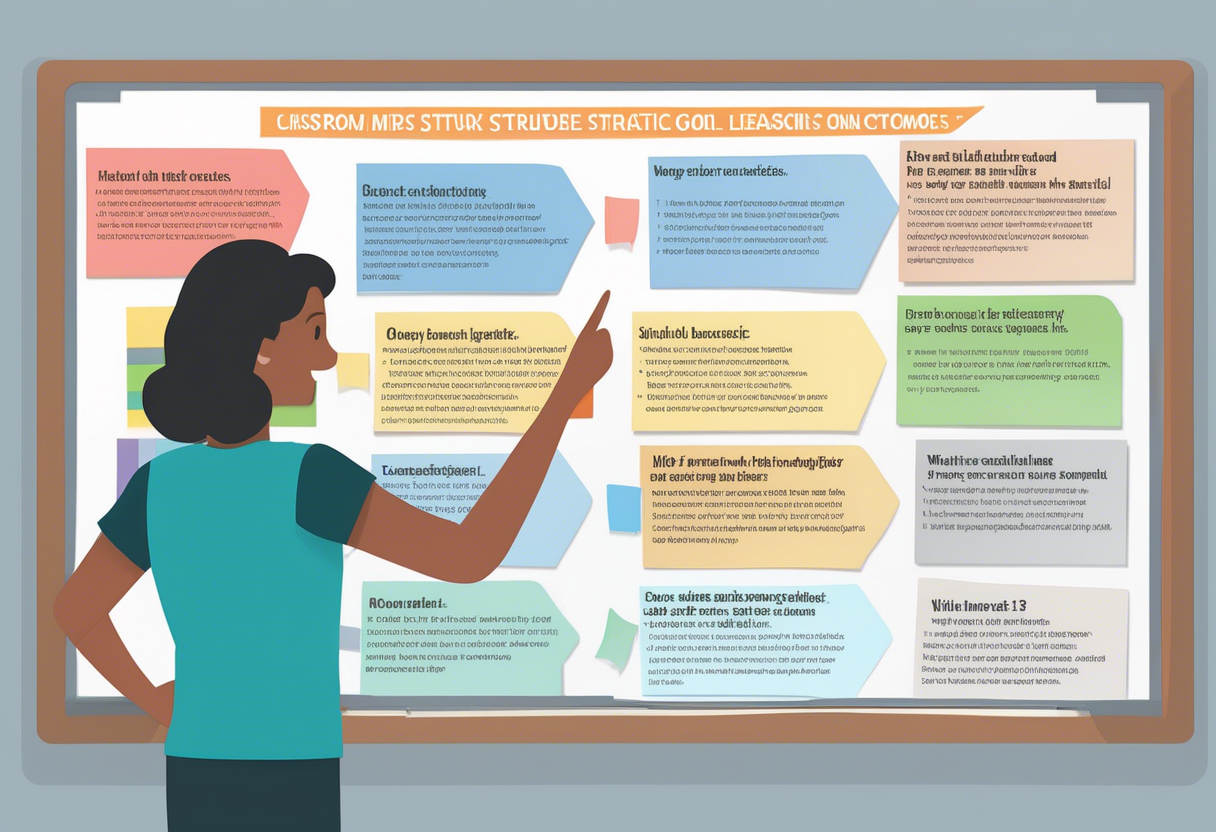
Engage Learners in Goal Setting
Involving learners in setting their goals ensures these goals match their interests and dreams. This boosts their commitment and gives them ownership of their learning. By having discussions where learners express their aims, educators can help them shape these into SMART goals, making them meaningful and aligned with their vision.
Break Down Creative Learning Goals
Divide Goals into Creative Tasks
Breaking goals into smaller tasks helps keep motivation high and progress visible. It makes learning less daunting. For example, if the goal is to develop a new app, break it into tasks like researching similar apps, learning a programming language, designing the interface, and testing the app. Each task is a step toward the bigger goal, providing a clear path. Flexible learning paths let learners move at their own pace, focusing where it’s needed, for a more personal and effective experience.
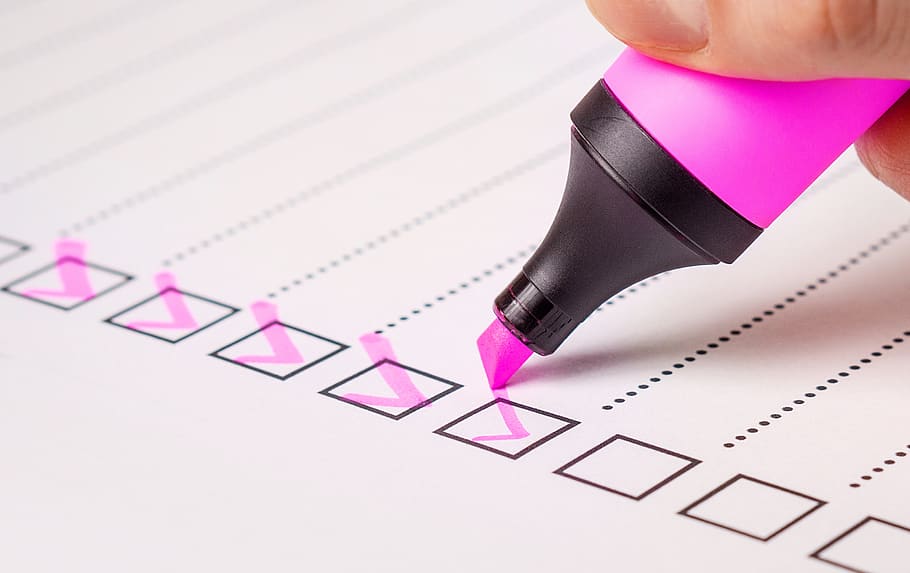
Set Timelines for Creative Tasks
Setting timelines for tasks keeps things moving and progress steady. These should be realistic and flexible. Tools like Gantt charts or project management software can help visualize timelines and track deadlines. This structured approach keeps focus and accountability, while also giving a sense of accomplishment as tasks are completed.
Design Custom Creative Learning Experiences
Choose Creative Learning Materials
Choosing curriculum materials that match the learner's needs and interests is a big part of customizing learning. This could be textbooks, online courses, videos, or interactive software. Materials should be diverse to cater to different learning styles, whether visual, auditory, or kinesthetic. Challenging yet accessible content encourages learners to stretch their abilities while offering the support they need. Universal lesson designs should be flexible to accommodate various goals, methods, materials, and assessments.
Utilize Diverse Creative Resources
Using a range of resources enriches learning by offering different perspectives and exploration opportunities. This could include online databases, libraries, workshops, or mentorship programs. Encouraging learners to explore different mediums and perspectives fosters a holistic understanding of the subject. Diverse resources can ignite curiosity and creativity, opening new paths for discovery.
Diversify Creative Learning Activities
Blend Lectures, Discussions, and Creative Projects
Offering a variety of activities caters to different preferences and keeps learners engaged. Lectures provide foundational knowledge, discussions encourage critical thinking, and projects offer hands-on experience. This mix ensures a dynamic learning environment. Engaging learners with lectures, discussions, projects, experiments, games, and tech-based activities caters to diverse styles, boosting engagement and deepening learning.
Inspire Creativity with Experiments and Technology
Encouraging creativity with experiments and tech-based tasks is crucial. Experiments let learners test ideas and explore, fostering inquiry and innovation. Tech tasks, like coding challenges or digital art projects, engage learners with modern tools. These activities inspire new ways of thinking and problem-solving, making learning interactive and relevant.
Leverage Technology for Creative Learning
Enhance Creative Collaboration with Digital Tools
Digital tools enhance collaboration and organization, making learning seamless. Platforms like learning management systems and data analytics can tailor instruction and track progress. Tools like Google Workspace, Trello, or Slack facilitate communication and project management, allowing efficient teamwork. These tools provide space for sharing ideas, tracking progress, and receiving feedback, creating a collaborative environment.
Ensure Technology Accessibility for Creative Learning
Making tech accessible to all learners is key for equity. Using built-in accessibility features like screen readers or text-to-speech ensures everyone can participate fully. Accessibility features and collaboration tools enhance personalized learning by accommodating diverse needs, promoting inclusivity and engagement.
Plan a Creative Learning Schedule
Develop a Creative Timeline
Creating a timeline for all activities, from lectures to projects, gives a clear roadmap. This outlines key milestones and deadlines, helping learners stay organized. A structured schedule supports consistent progress and helps learners manage time effectively, ensuring enough time for each task.
Allocate Time for Creative Exploration
Encouraging specific time blocks for activities promotes effective time management and prevents burnout. Balancing academic duties with personal interests is essential for a healthy work-life balance. Tools like calendars or time-tracking apps assist in scheduling, maintaining focus, and avoiding burnout.
Encourage Creative Reflection and Tracking
Promote Reflection and Creative Assessments
Promoting reflection and formative assessments fosters ownership and metacognition. Encouraging regular progress checks helps develop critical thinking. Formative assessments, like quizzes or peer reviews, provide feedback and growth opportunities. Reflection deepens understanding and empowers learners to take charge of their journey.
Cultivate Creative Ownership and Metacognition
Encouraging metacognition, or thinking about one’s thinking, helps learners understand how they learn best. This involves identifying effective strategies. By fostering metacognition, learners become more self-aware and proactive, leading to more effective learning experiences.
Monitor Creative Learning Plans
Regular Creative Assessments and Observations
Regular assessments and observations are crucial for monitoring progress. Check-ins celebrate successes, address challenges, and allow adjustments. Using a mix of formal assessments, like tests, and informal observations, like participation, ensures comprehensive evaluation.
Adapt Creative Plans Based on Feedback
Flexibility keeps learning plans relevant. Be ready to adjust plans based on feedback. This might mean revising timelines, modifying tasks, or adding resources. Flexibility ensures alignment with evolving interests and goals.
Evaluate and Plan Creative Learning Next Steps
Reflect on Creative Successes and Challenges
Evaluating the learning experience provides insights for future planning. Reflect on successes and challenges, identifying what worked and what didn’t. This helps refine the approach for continuous growth.
Establish New Creative Goals for Growth
Based on evaluation, set new goals for growth. These should build on past achievements and address improvement areas. Encouraging learners to set these goals fosters ownership and motivation for the next phase. Reflecting supports setting new goals for growth and creativity, ensuring a dynamic experience.
Create a Personalized Creative Learning Environment
Creating a personalized environment involves more than curriculum—it’s about the space and atmosphere. Consider the layout, ensuring it’s flexible for different activities. Include comfortable seating, good lighting, and tech access. Foster a supportive atmosphere where learners feel safe to express and take risks. This environment nurtures creativity and encourages exploration.
Integrate Creative Learning Activities
Integrating creative activities unlocks potential. These should be diverse and interdisciplinary, connecting subjects and ideas. For instance, a project might combine art and science. Encourage experimentation with different mediums, promoting exploration and innovation. Activities should be open-ended, allowing pursuit of interests in a meaningful way.
Assess Creative Learning Progress
Assessing creativity can be tricky, but it’s important to ensure skill development. Use various methods like self-assessments, peer reviews, and teacher evaluations. Focus on creativity processes like problem-solving and originality, not just the final product. Provide feedback that encourages reflection and growth. This ongoing assessment builds confidence and motivation to explore new ideas.
The Evolving Role of Teachers in Creative Personalized Learning
Transitioning from Instructor to Creative Learning Guide
In personalized learning settings, teachers transition from traditional instructors to guides. This role involves assisting students in setting and exploring their own learning goals. Building strong relationships and trust is crucial in these classrooms. Instead of crafting individual lesson plans, teachers focus on helping students understand themselves as learners. They actively involve students in designing assessments to demonstrate their mastery. This shift enhances learner independence, which, in turn, boosts motivation and engagement.
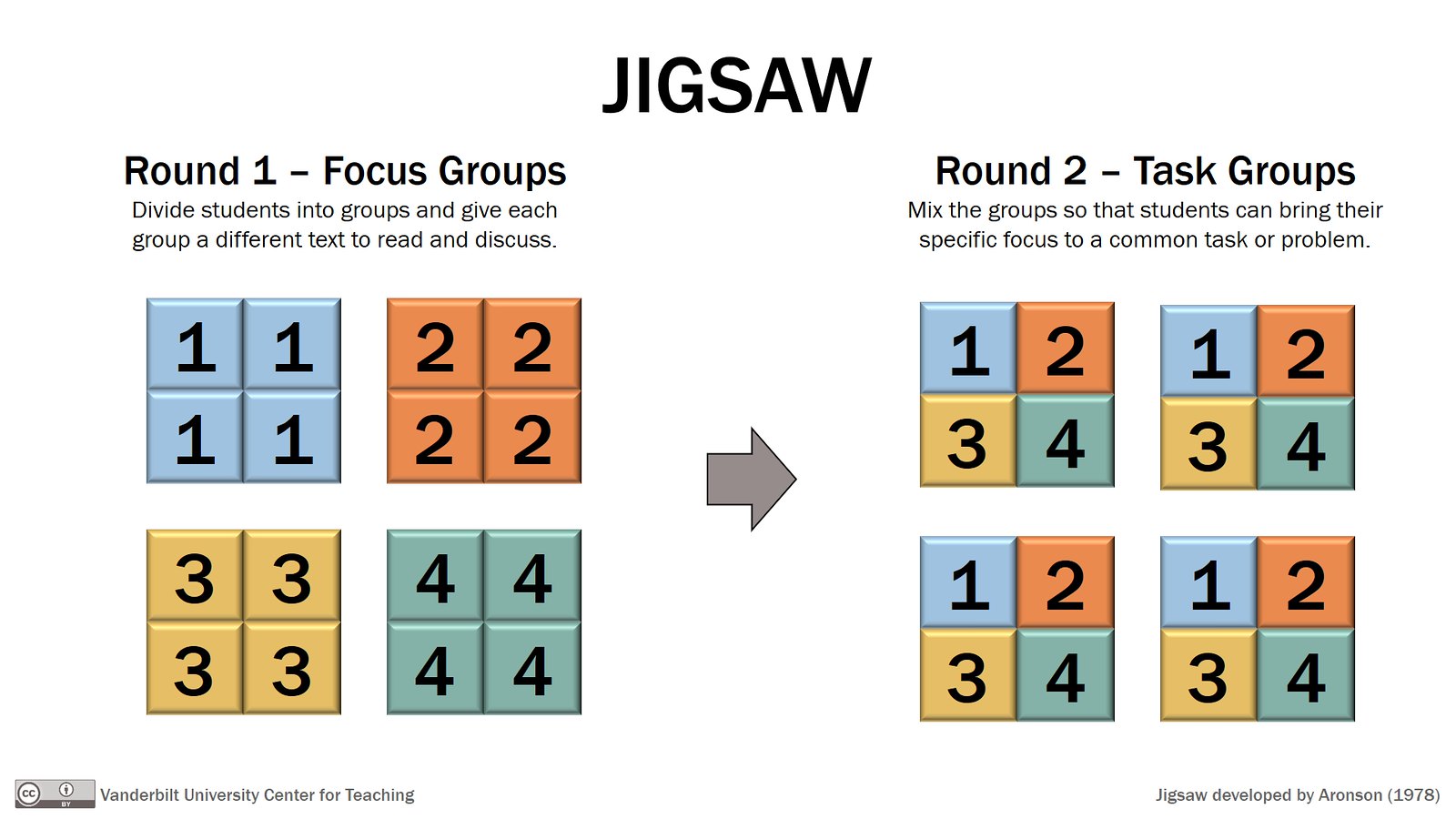
However, this transition isn't instantaneous. It requires a significant mindset change and professional development for teachers to effectively guide these environments.
Facilitating Creative Risk-Taking in Learning
Teachers play a pivotal role in encouraging students to take creative risks without the fear of failure, fostering a supportive classroom atmosphere. Personalized learning emphasizes flexibility, allowing students to learn in ways that resonate with them, thereby opening avenues for creative exploration.
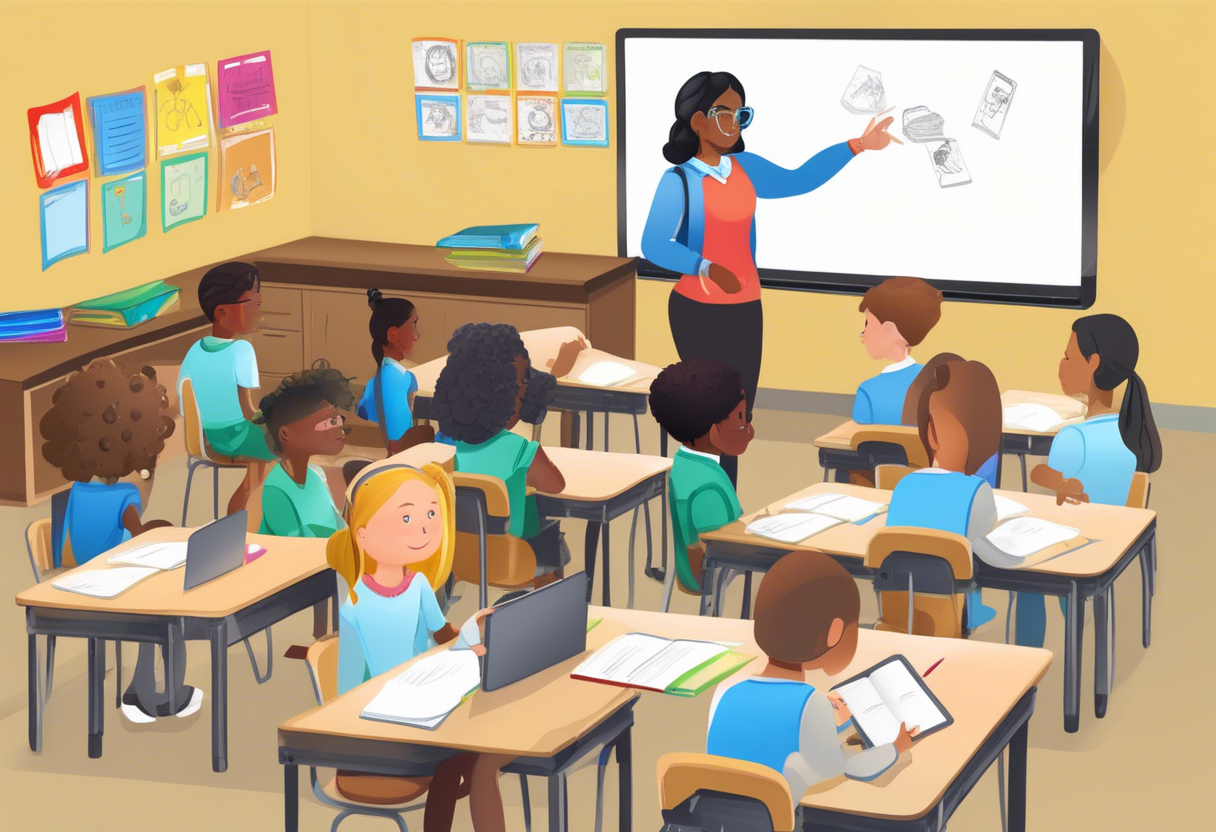
Educators utilize digital tools and personalized data to tailor learning experiences and support creative problem-solving. They guide students through the stages of self-directed learning—from setting personal goals to implementing them—thereby nurturing creative independence.
For further reading, explore these resources:
- Role of Teacher in Personalized Learning
- Personalized Learning in K-12 Education
- Benefits of Personalized Learning
- What's the Role of Teacher in Personalized Learning?
- Teachers' Role in Personalized Learning
FAQ
How Can AI Enhance Creative Learning for Personalized Education?
AI can significantly boost personalized learning by analyzing individual student data. This allows for tailoring the learning content and pace to each student's unique needs and preferences. By adapting in real-time, AI ensures that learning is both relevant and engaging. For more on how AI analyzes student data, check out this resource.
Creative Learning Methods: AI's integration with creative learning methods can ignite problem-solving skills, critical thinking, and even encourage risk-taking. This makes learning not only more engaging but also more memorable. Learn more about creative learning methods.
Boosting Memory and Motivation: AI techniques engage multiple senses, thereby enhancing memory retention and motivation. Discover how creative learning boosts memory.
Safe Learning Environment: AI-driven platforms provide a secure space for students to experiment without the fear of failure, fostering confidence and resilience. Find out more about how to encourage students to take risks.
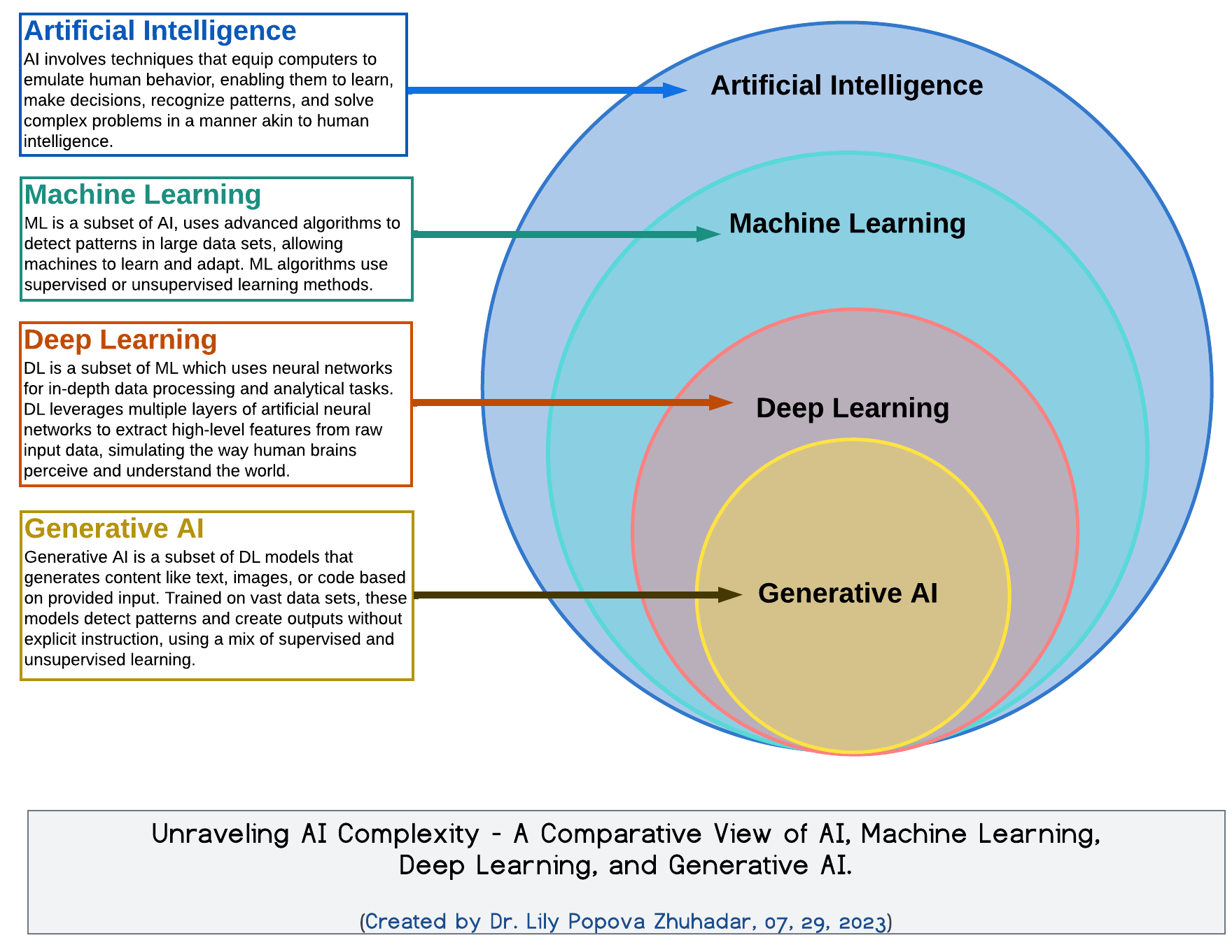
What Challenges Do Educators Face in Creative Personalized Learning?
Educators often face the challenge of balancing a standard curriculum with the flexibility required for personalized learning. For insights into balancing curriculum requirements, visit this link.
Training and Resources: The introduction of AI and creative tools necessitates training and technological resources, which may not be readily available in all educational settings. Explore more about teacher training and resources.
Resistance to Risk-Taking: Some traditional educational environments may resist the concept of risk-taking and failure, making it difficult for students to feel secure in experimenting. Learn more about resistance to risk-taking.

How Does Creative Personalized Learning Boost Student Motivation?
Implementing personalized learning through creative methods can make education more enjoyable and relevant, thereby boosting student motivation. For more on how creative learning increases motivation, check out this article.
Stimulating Curiosity: Creative strategies can pique students' curiosity and involvement, leading to a deeper understanding and better retention of information. Discover how to stimulate curiosity.
Ownership and Engagement: When students take ownership of creative projects, they become more engaged and eager to apply their knowledge. For more on the impact of ownership over creative projects, read here.
Building Emotional Intelligence: Personalized creative learning also aids in developing emotional intelligence and resilience, keeping students motivated even during challenging times. Learn more about how to develop emotional intelligence.